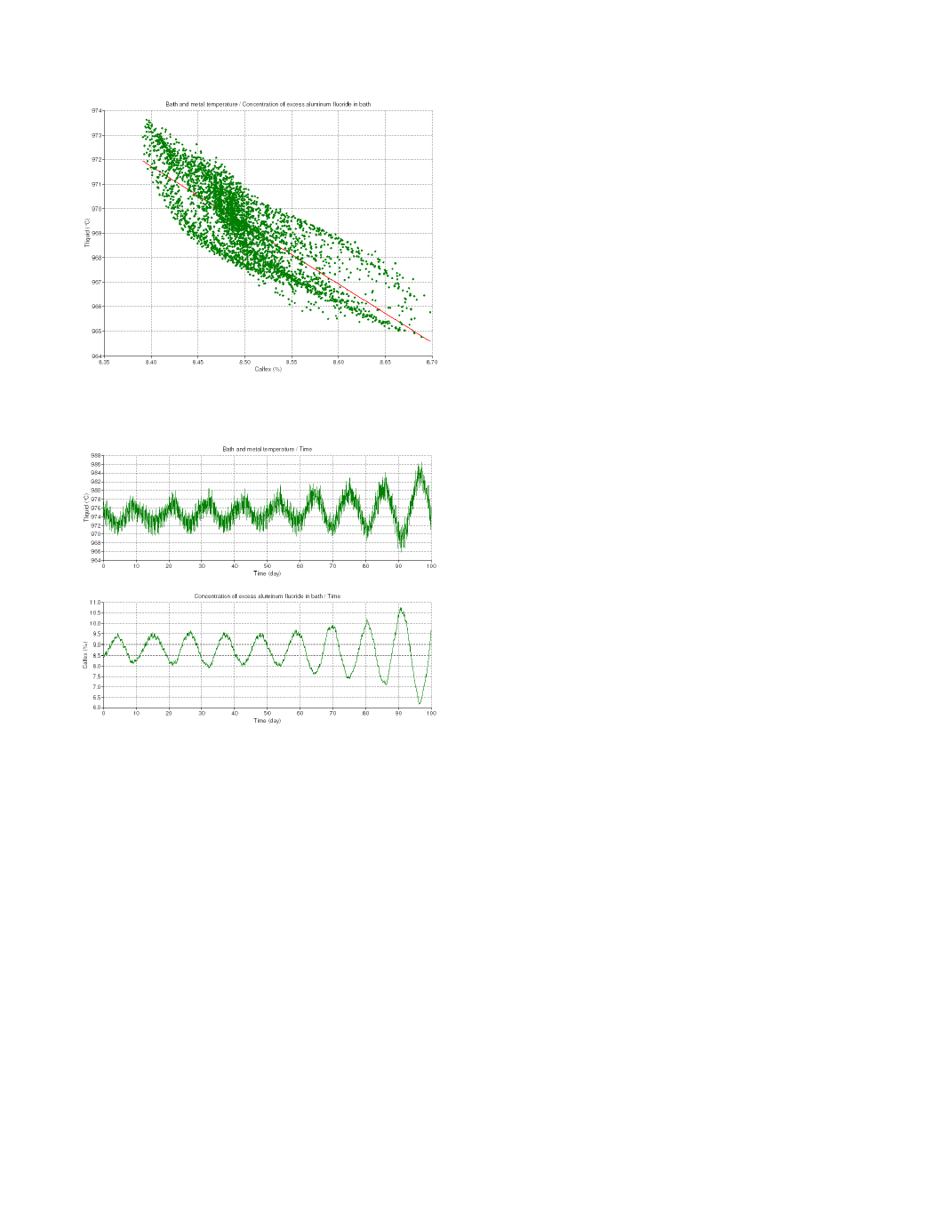
Figure 17. Correlation between excess AlF3 temperature and bath
temperature
Figure 18. PI mixed control, 1 sample per day, 1 day delay, 1
temperature measurement per day, no delay
Conclusions
Clearly, using a mixed bath sample analysis and bath temperature
double targets control strategy like the one presented in [4,5] is a
very bad choice of control strategy. Is there any other industrial
process that is essentially using 2 controllers to control the same
process variable?
Using the cell operating temperature alone to control the excess
AlF3 concentration in the bath is not very efficient either as the
daily evolution of the bath temperature is much more influenced by
other parameters like feeding regime than it is affected by the
excess AlF3 concentration in the bath.
Directly using the bath sample analysis results seems to be the most
effective control strategy despite the fact that it involves the
introduction of a time lag in the feedback loop.
A time lag of up to 3 days between the sample collection and the
report of the results is even manageable if the proportional constant
is set appropriately in order to avoid overshooting.
References
1.
P. M. Entner, "Control of AlF3 Concentration", Light Metals,
TMS
, (1992), 369-374.
2.
W. Haupin and H. Kvande, "Mathematical Model of Fluoride
Evolution from Hall-Héroult Cells", Proceedings of the
International Jomar Thonstad Symposium
, (2002), 53-65.
3.
P. Desclaux, "AlF3 Additions Based on Bath Temperature
Measurements", Light Metals, TMS, (1987), 309-313.
4.
K. R. Kloetstra, S. Benninghoff, M. A. Stam and B. W.
Toebes, "Optimisation of Aluminium Fluoride Control at
Aluminium Delfzijl", Proceedings of the 7
th
Australasian
Aluminium Smelting Workshop,
(2001), 506-514.
5.
M. A. Stam and R. Kloetstra, "Development of an Advanced
Process Control Strategy at Aluminium Delfzijl" Proceedings
of the 8
th
Australasian Aluminium Smelting Workshop,
(2004).
